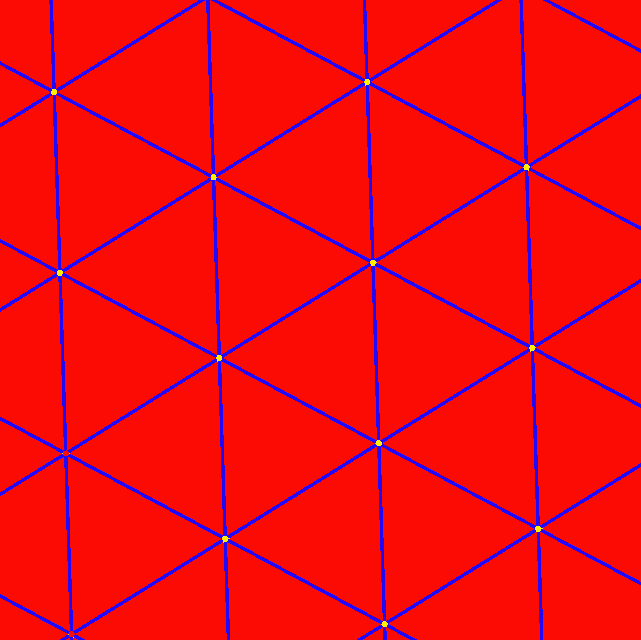
Two 2014 Nobel Laureates Used Neurolucida to Create 3D Reconstructions of Neurons That Help Rats and Humans Navigate the World
Drs. May-Britt and Edvard Moser were awarded the 2014 Nobel Prize in Physiology or Medicine for discovering the cells that form a network for spatial navigation in the brain, and we’re proud to say they are MBF Bioscience customers and used Neurolucida in their research.
In 2006, the Norwegian husband and wife team published a paper in the journal Science entitled “Conjunctive Representation of Position, Direction, and Velocity in Entorhinal Cortex” – a pivotal step in a line of research initiated in 1971 by co-laureate Dr. John O’Keefe (The Hippocampus as a Spatial Map). In their study, the scientists used Neurolucida to create 3D reconstructions of a complex network of neurons that make it possible for rats, and other animals, including humans, to navigate the world around them.
Building upon Dr. O’Keefe’s discovery of place cells – neurons located in the hippocampus that fire when an animal is in a particular place, thereby forming an internal neural map of a particular environment – the Mosers went a step further. By using electrodes to analyze the activity of specific neurons deep inside the rat brain, they identified a multilayered network of neurons located in a region called the entorhinal cortex. They found that these cells are what triggered the “place cells” to fire. And they also discovered that these cells, which they called “grid” cells, fired when a rat crossed certain physical points in the space in which it was being tracked, much like “place cells.”

This honeycomb pattern is the result of connecting the centers of the grid cells’ firing fields. Image from Wikipedia
However, when the points were connected, the researchers realized that they formed perfect hexagonal shapes, and that this geometric “honeycomb” pattern was initiated within the brain by the complex network of grid cells firing in a spatial pattern corresponding to the rat’s location. In other words, they form an “inner GPS” that helps us know where we are, and how to find our way home.
“Together, the hippocampal place cells and the entorhinal grid cells form interconnected nerve cell networks that are critical for the computation of spatial maps and navigational tasks. The work by John O’Keefe, May-Britt Moser and Edvard Moser has dramatically changed our understanding of how fundamental cognitive functions are performed by neural circuits in the brain and shed new light onto how spatial memory might be created” – Ole Kiehn and Hans Forssberg, Karolinska Institute
MBF Bioscience wholeheartedly congratulates the work of Drs. May-Britt and Edvard Moser!



